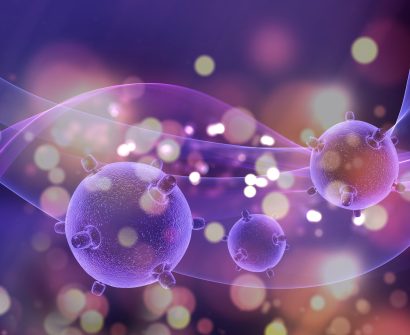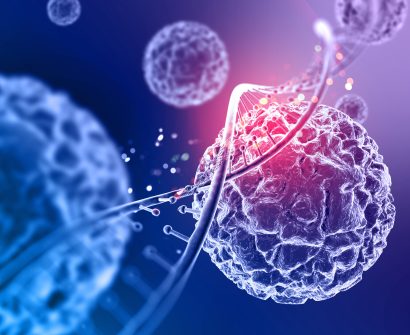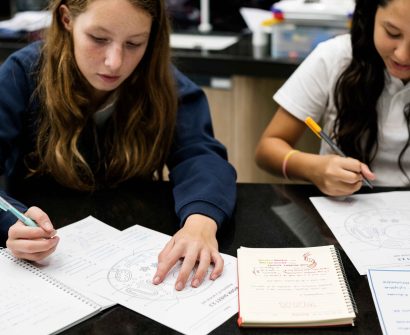Currently Empty: £0.00
Specialised Cells Explained: Sperm, Egg & Ciliated Cells | GCSE Biology Made Easy

Ever wondered how your body has such perfectly designed cells for each job?
Like how one tiny sperm cell can start a whole new life?
Or how your body cleans your lungs — without you even knowing?
These are not just facts. They’re exam gold.
Let’s decode specialized cells in a way that’s easy to remember, easy to write — and easy to get full marks.
What You’ll Learn from This Guide:
You must be able to:
- Label the sperm, egg, and ciliated epithelial cells
- Describe how each cell is adapted to perform its specific function
- Tackle comparison and application questions confidently in exams
But First What Is a Specialised Cell?
A specialised cell is a cell that has changed its shape or structure to carry out a particular job.
In simple words:
They’re designed for a specific purpose, and they’re very good at it.
Let’s Start with the Sperm Cell
The sperm cell is the male reproductive cell — its job is to reach and fertilise the egg.
Structure & Function:
| Part | Adaptation | Why it Matters |
| Acrosome (in the head) | Contains enzymes | To break through the egg’s jelly coat during fertilisation |
| Haploid Nucleus | Contains half the DNA | Combines with the egg’s haploid nucleus to form a diploid zygote |
| Tail (flagellum) | Allows movement | Helps swim towards the egg |
| Neck (mitochondria) | Provides energy | Mitochondria release energy for tail movement – more mitochondria = faster swimming |
Exam Tip: When a question asks, “How is the sperm cell adapted?” always link the structure to its function. Don’t just name parts — explain why they help.
REMEMBER: The sperm cell is basically in a race — only one wins. The one that enters the egg first begins life.
Now Meet the Egg Cell
The egg cell is the female reproductive cell — it’s built for nurturing life from the very first moment of fertilisation.
Structure & Function:
| Part | Adaptation | Why it Matters |
| Haploid Nucleus | Contains half the chromosomes | Combines with sperm to form a diploid zygote |
| Cytoplasm | Packed with nutrients | Feeds the fertilised egg so it can grow |
| Jelly Coat | Protective layer | Slows sperm and activates acrosome enzymes |
| Cell Membrane | Hardens after fertilisation | Prevents multiple sperm from entering (polyspermy) |
Did you know? Once one sperm gets in, the egg “locks down” — the membrane becomes impenetrable, making sure no other sperm can enter. This prevents fertilisation errors!
What About Ciliated Epithelial Cells?
These cells aren’t about reproduction — they’re about protection and cleaning.
You’ll find them in your trachea (windpipe) — keeping dust, dirt and bacteria OUT of your lungs.
Structure & Function:
| Part | Adaptation | Why it Matters |
| Cilia (tiny hairs) | Wave-like motion | Moves mucus and trapped particles up the throat |
| Many Mitochondria | Supplies energy | Powers the movement of cilia all day long! |
Fun fact: If you didn’t have these, dust and germs would just sit in your lungs. Cilia act like tiny brooms — sweeping constantly.
Common Exam Questions & What They Really Want:
Label Diagrams
- Make sure you know what each part looks like and where it’s found
- Diagrams may include arrows or blanks — you label them
Describe Adaptations
- Go beyond naming: explain why each feature helps the cell do its job
For example:
“The sperm cell has many mitochondria to provide energy for swimming”
“The sperm cell has mitochondria” ❌ (Not enough!)
Compare Cells
You may be asked:
“Compare how the sperm and egg cells are adapted to their functions.”
Your answer MUST include:
- 1 similarity: both have haploid nuclei
- 1 difference: sperm has a tail and acrosome; egg has jelly coat and nutrients
Summary Table: Quick Recap
| Cell | Key Feature | Function |
| Sperm Cell | Acrosome, tail, mitochondria, haploid nucleus | Reach & fertilise the egg |
| Egg Cell | Jelly coat, nutrients in cytoplasm, haploid nucleus | Receive sperm and support growth |
| Ciliated Epithelial Cell | Cilia, many mitochondria | Move mucus and trap particles |
Message for Parents:
This topic isn’t just about remembering parts — it’s about understanding how form fits function.
Students who know why each feature matters often do better on 6-mark questions.
This is where AMALearning’s method shines — we don’t just teach, we train for top performance.
Final AMAL Tips:
✅Connect each structure with its function
✅ Use keywords like “haploid”, “mitochondria”, “acrosome”, “cilia”
✅ Practise past paper questions on cell adaptations
✅ Draw and label each specialised cell at least once
Want to Revise This Topic Visually?
Join AMALathon 2 — Our live Zoom-based revision classes break it all down with diagrams, animations, and real exam practice.
🖱️ Click the link in the description to book your seat today.
📅 Don’t miss the next session — seats fill fast!








